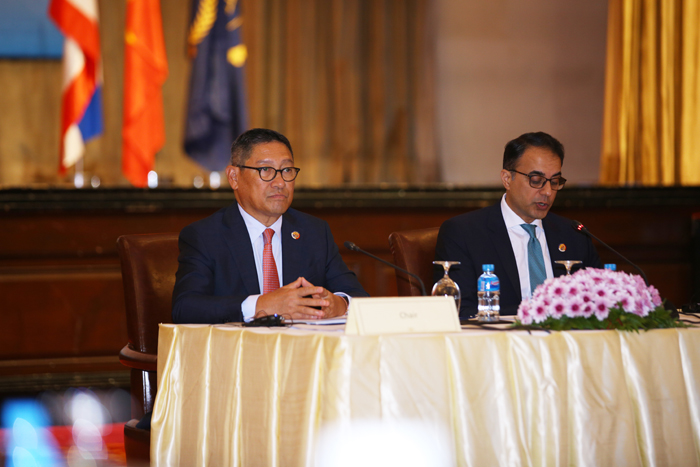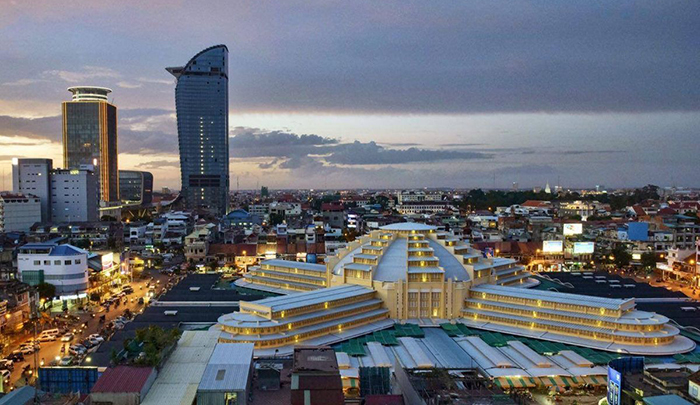Effective Approaches to Poverty Reduction: Selected Cases from the Asian Development Bank
This report presents case studies of poverty reduction projects financed by the Asian Development Bank, including the Yunnan Integrated Road Network Development Project, which helped complete the national expressway system and constructed a highway from Kunming in the People’s Republic of China (PRC) to the Myanmar border.







